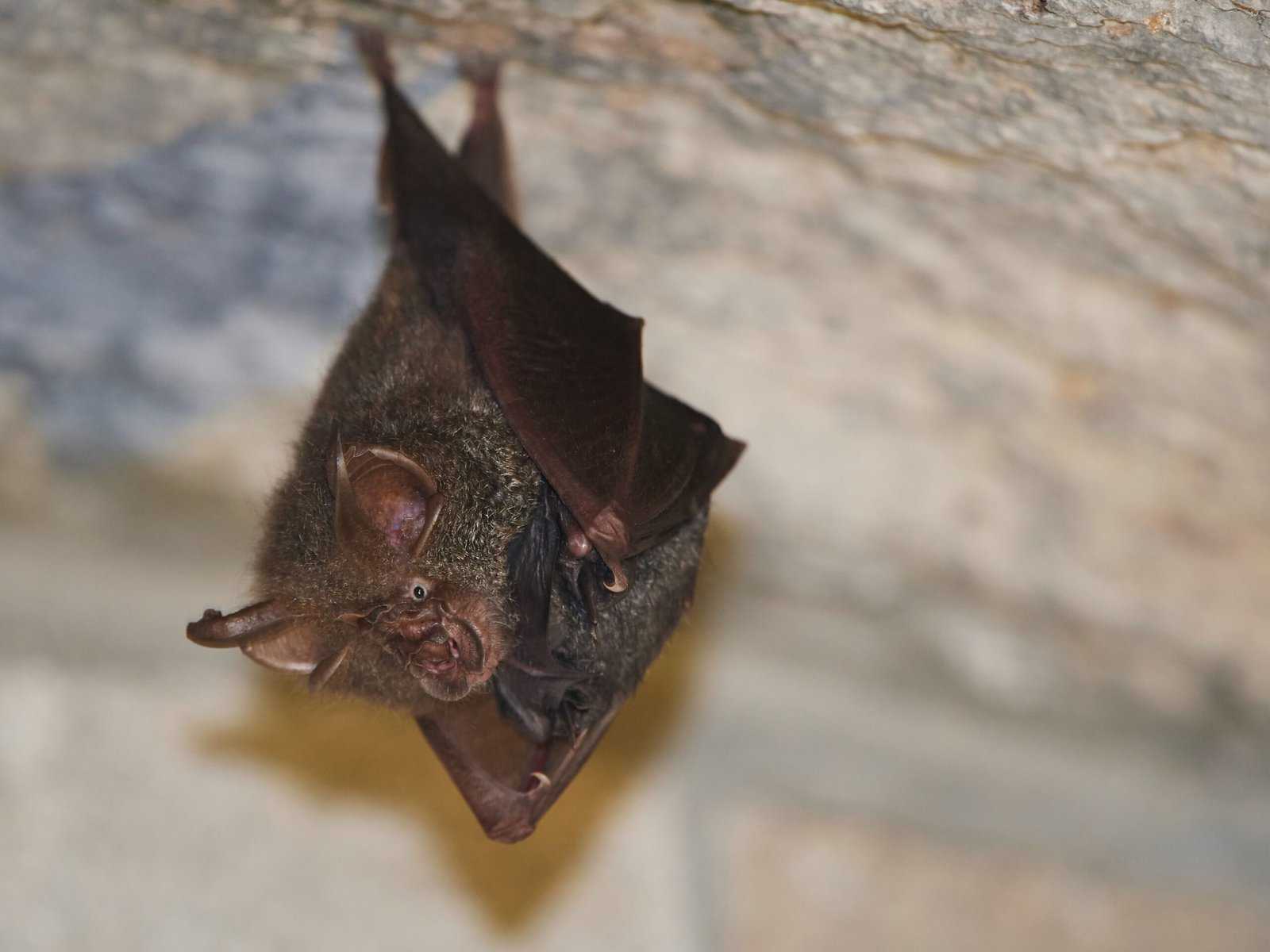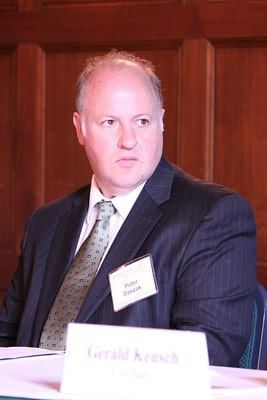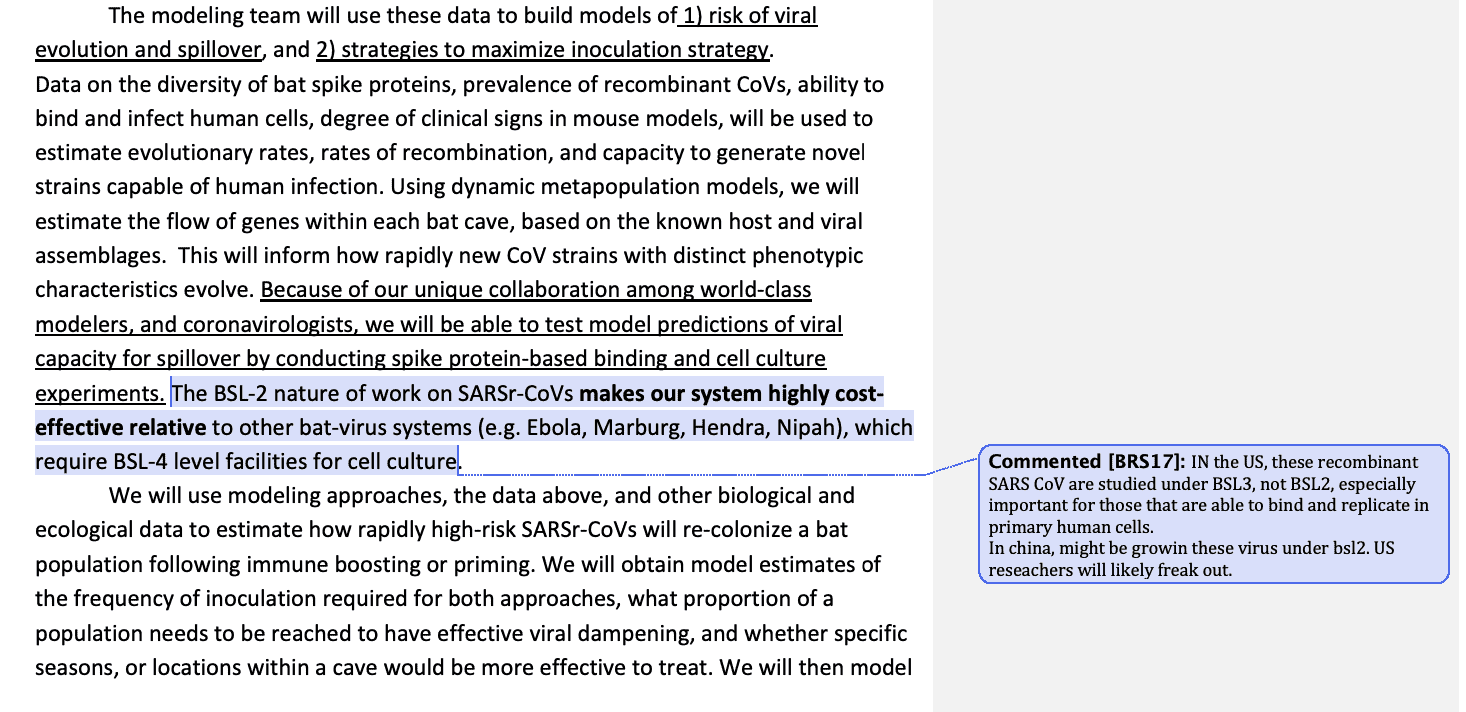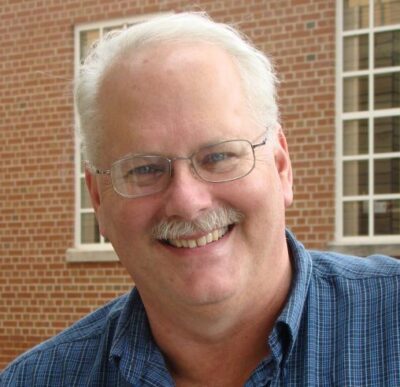
American researchers concealed their intention to conduct high-risk coronavirus research in Wuhan under lax safety standards from the Pentagon the year before the COVID-19 pandemic, according to documents obtained by U.S. Right to Know.
A 2018 grant proposal called Project DEFUSE, coauthored by the Wuhan Institute of Virology and American scientists, has stoked concern that the pandemic resulted from a lab accident.
It proposed engineering high-risk coronaviruses of the same species as SARS and SARS-CoV-2. Most worrying to some scientists: The proposal involved synthesizing spike proteins with furin cleavage sites — the same feature that supercharged SARS-CoV-2 into the most infectious pandemic pathogen in a century. Indeed, some scientists have likened DEFUSE to a blueprint for generating SARS-CoV-2 in the lab.
New documents obtained by U.S. Right to Know now show that these experiments were proposed to occur in part in Wuhan with fewer safety precautions than required in the U.S. — apparently to save on costs. American scientists at the center of the “lab leak theory” controversy appear to have concealed this from their desired funder — the Defense Advanced Research Projects Agency — in order to evade any national security concerns about doing high-level biosecurity work in China.
The documents call into question the credibility of these scientists’ assurances that the pandemic could not have sprung out of their collaboration on coronavirus engineering research with the lab in Wuhan.
U.S. Right to Know has obtained an early draft of DEFUSE with comments from “PD” and “BRS.” Emails show these commenters to be “Peter Daszak” and “Baric, Ralph S.”
Daszak leads EcoHealth Alliance, an organization that discovers novel viruses. Baric helms a University of North Carolina lab with a focus on coronaviruses. Both Daszak and Baric have worked with the Wuhan Institute of Virology on gain-of-function research making coronaviruses more deadly or infectious.
The formal DEFUSE grant proposal states that Baric in Chapel Hill, North Carolina, will engineer the coronavirus spike proteins and test their ability to infect human cells.
But in a comment on an early draft of the proposal, Daszak clarifies that the Wuhan Institute of Virology will in fact do much of this work, but that this is excluded from the formal proposal to make DARPA “comfortable.” The comment is addressed to Baric and Wuhan Institute of Virology Senior Scientist Zhengli Shi.
“Ralph, Zhengli. If we win this contract, I do not propose that all of this work will necessarily be conducted by Ralph, but I do want to stress the US side of this proposal so that DARPA are comfortable with our team,” Daszak wrote. “Once we get the funds, we can then allocate who does what exact work, and I believe that a lot of these assays can be done in Wuhan as well…”

In another comment, Daszak said that he sought to “downplay the non-US focus of this proposal” to DARPA by not highlighting the involvement of the Chinese researchers, Shi and Duke-NUS Medical School Professor Linfa Wang.

“I’m planning to use my resume and Ralph’s,” Daszak wrote. “Linfa/Zhengli, I realize your resumes are also very impressive, but I’m trying to downplay the non-US focus of this proposal so that DARPA doesn’t see this as a negative.”
In addition to the national security risks, conducting coronavirus engineering and testing work in Wuhan entailed greater biosafety risks, the American researchers privately acknowledged.
The Wuhan Institute of Virology has conducted research on SARS-related coronaviruses like SARS-CoV-2 in biosafety level two (BSL-2) conditions. Biosafety levels range from one (BSL-1) to four (BSL-4), with BSL-4 being the most stringent.
BSL-2 labs involve ventilated biosafety cabinets, with researchers in surgical masks and lab coats. Many scientists say viruses that may be transmitted through the air should at minimum be studied in BSL-3 conditions with ventilation and with researchers in more protective respirators.
An early draft of DEFUSE acknowledged that the engineering and testing of novel coronaviruses would occur at BSL-2. The proposal advertised this approach to DARPA grantmakers as “highly cost-effective.”
But “BSL-2” was edited to “BSL-3.”
In a comment on the document, Baric acknowledged that U.S. researchers would “freak out” if they knew the novel coronavirus engineering and testing work would be conducted in a BSL-2 lab.

“In the US, these recombinant SARS-CoV are studied under BSL3, not BSL2, especially important for those that are able to bind and replicate in primary human cells,” Baric wrote.
Recombinant viruses are viruses made by combining different genetic elements of interest.
“In china, might be growin these virus [sic] under bsl2. US reseachers [sic] will likely freak out,” he said.

Daszak and Baric did not respond to emailed questions.
“That’s really damning,” said Justin Kinney, a quantitative biologist at Cold Spring Harbor Laboratory and co-founder of Biosafety Now, an organization that seeks tighter regulations for gain-of-function research. “These revelations are important because these specific experiments could, quite plausibly, have led to the genetic engineering and accidental release of SARS-CoV-2.”
“BSL-2 experiments are more convenient and less expensive than BSL-3 experiments … However, BSL-2 provides a far lower level of biosafety than BSL-3 does. This lower safety level is especially dangerous for experiments involving viruses that can be transmitted by air,” Kinney said. “It is very concerning that Daszak and Baric appear to have considered it legitimate to move high-risk experiments from BSL-3 to BSL-2. It is also concerning that they appear to have considered doing so in secret, instead of disclosing this important change of experimental plans and biosafety precautions in their grant proposal.”
The formal DEFUSE proposal states under “risk mitigation” that “experimental work using bats and of transgenic mice will be conducted at the BSL- 3 level in WIV, Duke-NUS, UNC, or [USGS National Wildlife Health Center],” without specifying an institution. It does not appear to mention the biosafety level in which high-risk research in cell lines will be undertaken.
DARPA rejected the DEFUSE proposal, despite the scientists apparently whitewashing the national security and biosecurity dangers.
The documents obtained by U.S. Right to Know suggest the gain-of-function work of concern was not funded before the grant submission in 2018. However, questions remain about whether the work was subsequently completed without the DARPA funding.
Daszak has insisted that the experiments proposed in DEFUSE were never carried out.
“The DARPA proposal was not funded. Therefore, the work was not done. Simple,” Daszak said last year.
However, Daszak had the ability to push forward with research without funding when a separate National Institutes of Health grant was halted, an email obtained by U.S. Right to Know shows.
A progress report for that NIH grant for the year ending in May 2018 shows that the Wuhan Institute of Virology and EcoHealth Alliance conducted gain-of-function research on coronaviruses and tested them in mice engineered to express human receptors.
‘Your luck may eventually run out’
Daszak has previously deflected concerns about the DEFUSE proposal in part by pointing to language in the final proposal stating that the gain-of-function research would occur at the Baric lab in North Carolina.
“This section of the proposal was written by collaborators at UNC in the U.S., where the work would have been carried out,” Daszak told Science earlier this year.
Wang has also said that the gain-of-function virology would occur in North Carolina.
The new documents show these statements to be misleading.
In addition, Baric has in recent years called for “accountability” for labs in China for conducting risky experimentation with novel SARS-like coronaviruses at a BSL-2 level.
“As a sovereign nation, China decides their own biological safety conditions and procedures for research, but they should also be held accountable for those decisions,” he told MIT Technology Review in 2021. “If you study hundreds of different bat viruses at BSL-2, your luck may eventually run out.”
But Baric did not disclose his own foreknowledge and apparent complicity in the Wuhan lab’s lax biosafety standards.
While Shi was included in the email chain and addressed in Daszak’s comments on the draft proposal, it’s not clear whether Baric ever brought up the issue of biosafety levels directly with Shi or anyone else at the Wuhan Institute of Virology.
“I would like to know if Baric had concerns about the risky live virus experiments being redistributed to labs operating at potentially low biosafety once funding was awarded,” said Alina Chan, a molecular biologist at the Broad Institute. “Seeing as how Baric recently described the pangolin SARS-like virus as an ‘optimal model’ for introducing a furin cleavage site into, is he at all worried that his collaborators might have carried out the experiments in DEFUSE independently of him and at lower biosafety?”
Daszak’s apparent effort to deceive DARPA fits a pattern of nondisclosure around the DEFUSE proposal. Despite its potential relevance to the origins of the pandemic, as well as Daszak’s role on the World Health Organization mission to uncover the origins, Daszak never disclosed the proposal to the public. It only became known to the world because of a leak to the independent online group DRASTIC.
The documents showing American collaborators may have concealed the extent of risky coronavirus virology happening in Wuhan follows years of revelations concerning inadequate biosafety precautions and trained personnel at that lab.
‘Freak out’
Evidence suggests Baric was accurate in his prediction that researchers would “freak out” about the coronavirus gain-of-function research underway in Wuhan’s BSL-2 labs.
When the novel coronavirus first appeared in Wuhan, prominent scientists noticed with alarm that the gain-of-function work on novel coronaviruses occurred at an inadequate safety level.
“Performing these in BSL-3 (or less) is just completely nuts! IMO it has to be performed at BSL-4 with extra precautions,” Scripps Institute virologist Kristian Andersen would observe privately in February 2020.
National Institute of Allergy and Infectious Diseases Director Anthony Fauci — who had endorsed gain-of-function research and whose institute had helped underwrite the collaboration between EcoHealth Alliance, UNC and the Wuhan Institute of Virology — asked in February 2020 whether certain experiments could have led to the evolution of SARS-CoV-2.
He asked whether a technique called serial passage — in which successive infections speed up evolutionary changes — had been conducted in mice engineered to express human receptors called ACE2. Baric had shared transgenic mice expressing ACE2 — the receptor that both SARS and SARS-CoV-2 bind to — with the Wuhan Institute of Virology.
“Surely that wouldn’t be done in a BSL2 lab?” asked Francis Collins, then the director of the National Institutes of Health.
“Wild West,” responded Jeremy Farrar, former head of the Wellcome Trust and current chief scientist at the World Health Organization.
Ian Lipkin, a Columbia University virologist and former collaborator of the EcoHealth Alliance and Wuhan Institute of Virology, told a reporter in an email that the work occurring in BSL-2 was “unacceptable.”
“The Wuhan Institute of Virology has worked with bat samples and cultured bat viruses at BSL-2. This is a matter of published record – materials and methods in two papers. This is unacceptable,” he said.
‘Mice don’t sneeze’
Before the pandemic, Baric played a role in convincing the NIH to lift a pause on gain-of-function research on coronaviruses.
A 2014 panel discussion about gain-of-function research regulations included Baric and involved discussion of polybasic cleavage sites like the furin cleavage site in SARS-CoV-2.
“Mice don’t sneeze,” Baric told NPR in 2014 in opposition to the gain-of-function research pause, alleging mice could therefore not transmit coronaviruses.
However some viruses such as SARS-CoV-2 can transmit through airborne aerosols.
The revelations about DEFUSE come on the heels of Congress passing a provision in an annual military spending bill last week that bars EcoHealth Alliance from using any defense funds in China.
The new documents also show the researchers intended to use less regulated SARS-related coronavirus research as proof of concept in order to extend their high-risk methods to more deadly viruses like Ebola, Marburg, Hendra and Nipah.
“While we are specifically targeting SARS-realted CoVS, this strategy will be applicable to ALL bat-borne viruses in future,”reads a comment apparently made by Wang.
U.S. Right to Know obtained the documents in this report from a Freedom of Information Act request to the U.S. Geological Survey. Read all of the documents here.
Karolina Corin contributed reporting.









